This article is part of a partnership between Spoon IU and Food & Wine magazine to increase awareness about the problem of food waste. Food & Wine’s microgrant of $200 funded a buffet dinner for 45 students, a photography workshop and a discussion about the impact of “foodie” culture on food waste.
One-third of all food produced each year is wasted before it can be eaten. Sometimes food is wasted because people misunderstand expiration dates (FYI, those dates don’t mean anything), and other times it’s because the food is considered “ugly.” Food beauty standards cause consumers and supermarkets to have unrealistic expectations when it comes to how fruit and vegetables look. The result? Twenty percent of food produced is wasted because it’s considered “ugly.”
The Ugly Food Challenge
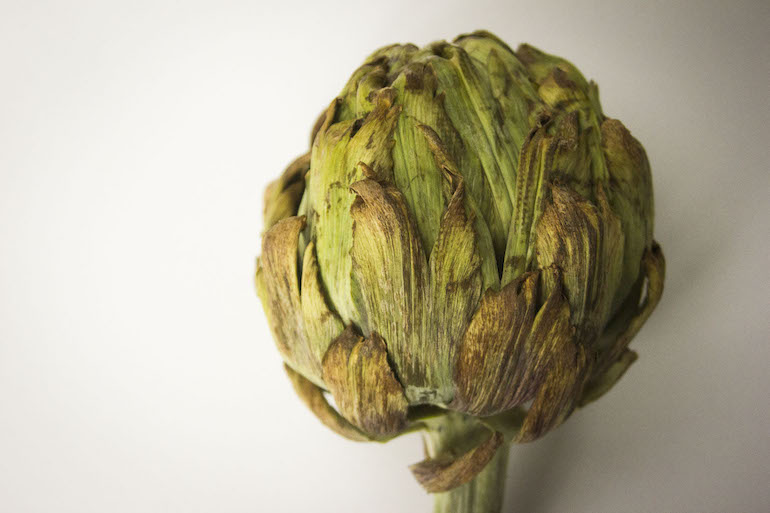
Photo by Natsuko Mazany
To spread awareness about this issue, Spoon IU, Oxfam Club, and Hutton Honors College hosted the “Ugly Food Challenge” at Indiana University. The purpose of the event, which was composed of an interactive photography workshop and a discussion, was to prompt students to question food beauty standards and become advocates for eating ugly food instead of throwing it out.
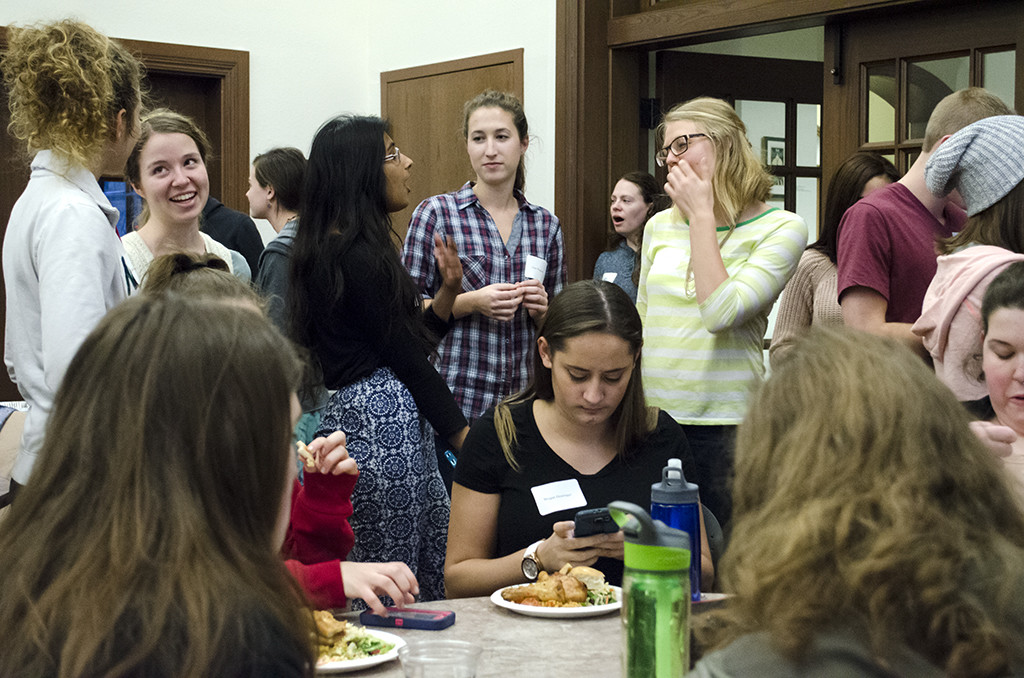
Photo by Grace Hwang
Taking pictures of “ugly” fruit and vegetables is the first step in creating a culture that accepts misshapen and imperfect-looking produce. If people accept wonky produce as normal, it could create a positive domino effect where stores and food producers let ugly produce stay in the food system.
The produce featured in our photo workshop was donated by Lucky’s Market. Instead of throwing away bruised produce, Lucky’s Market donates the food to local charities. Unfortunately, many other grocery stores aren’t as charitable. Instead of feeding hungry people, most ugly produce ends up in the trash.
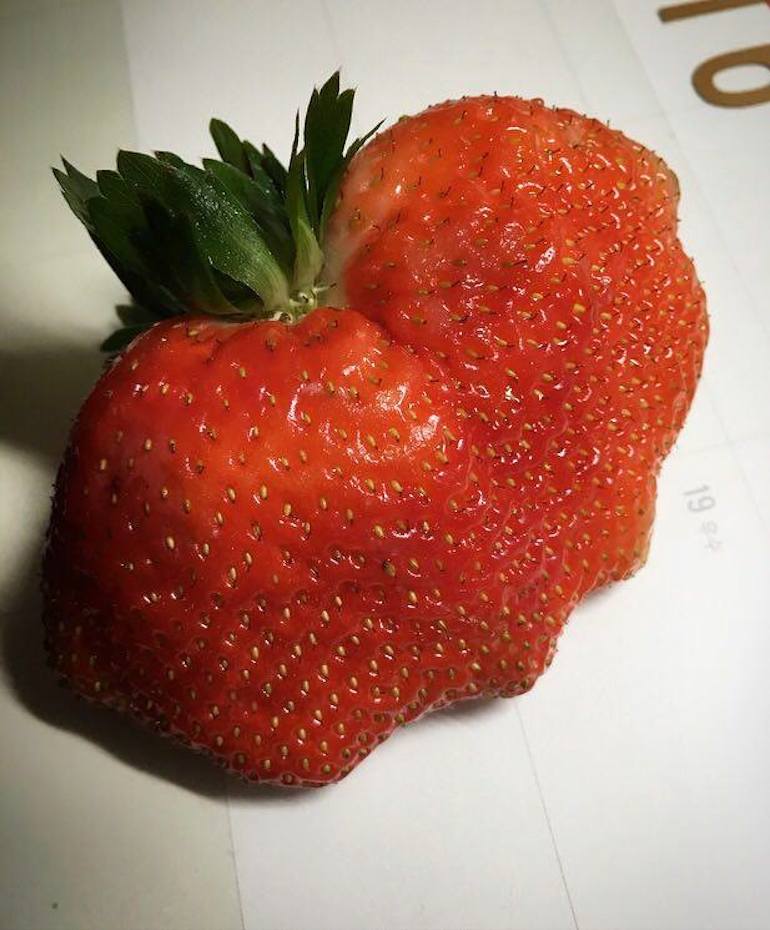
Photo by Grace Hwang
At the Ugly Food Challenge, Spoon photographers shared some tips and tricks for making the food look beautiful, and then the students were free to create their own arrangements.
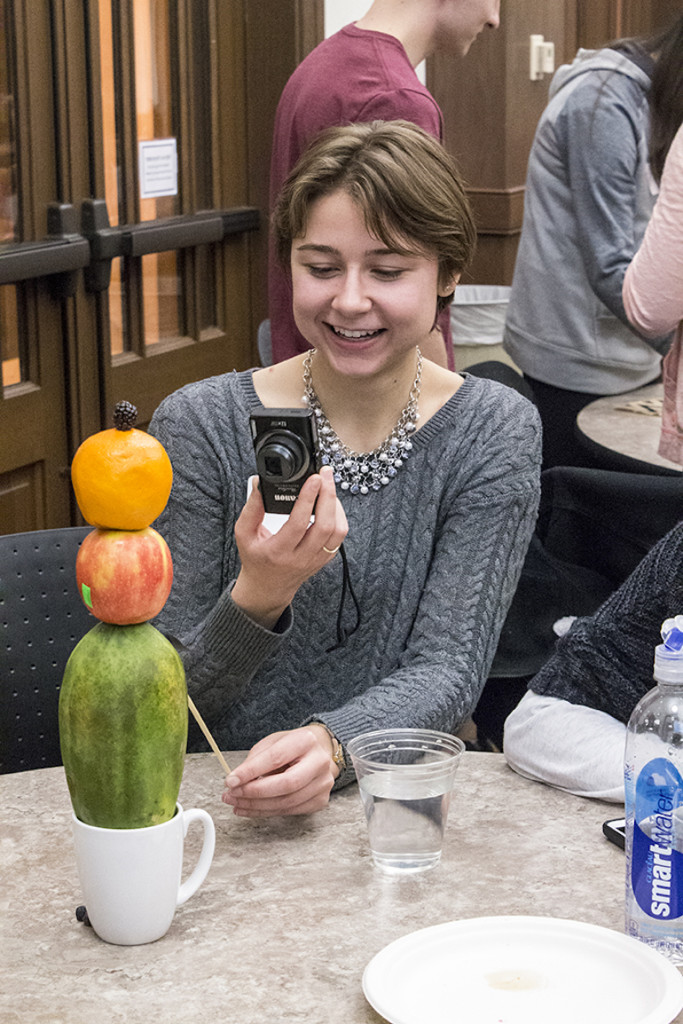
Photo by Kayleigh Dance
We had props available so photographers could get creative with textures and colors in their photos.
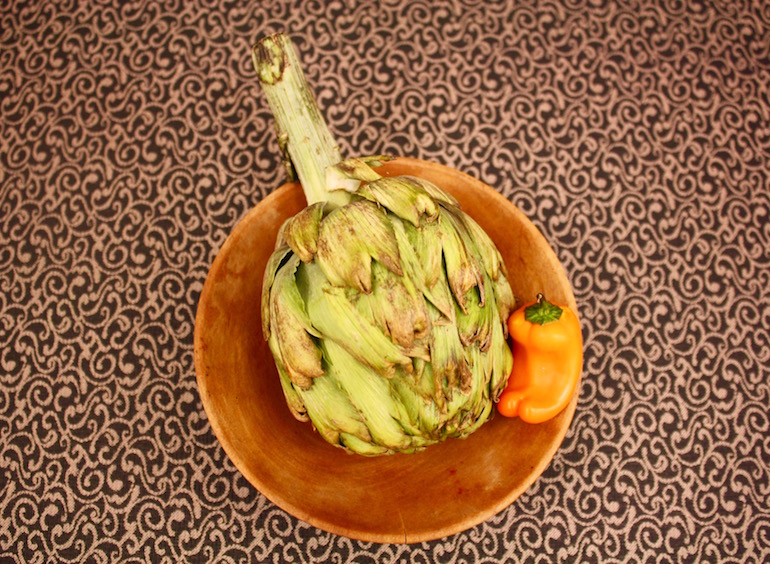
Photo by Meredith Ross
This artichoke couldn’t be sold because it looked dried out. The orange pepper came in a package of mini-peppers, which was considered unsuitable for grocery store shelves because some of the peppers were slightly discolored.
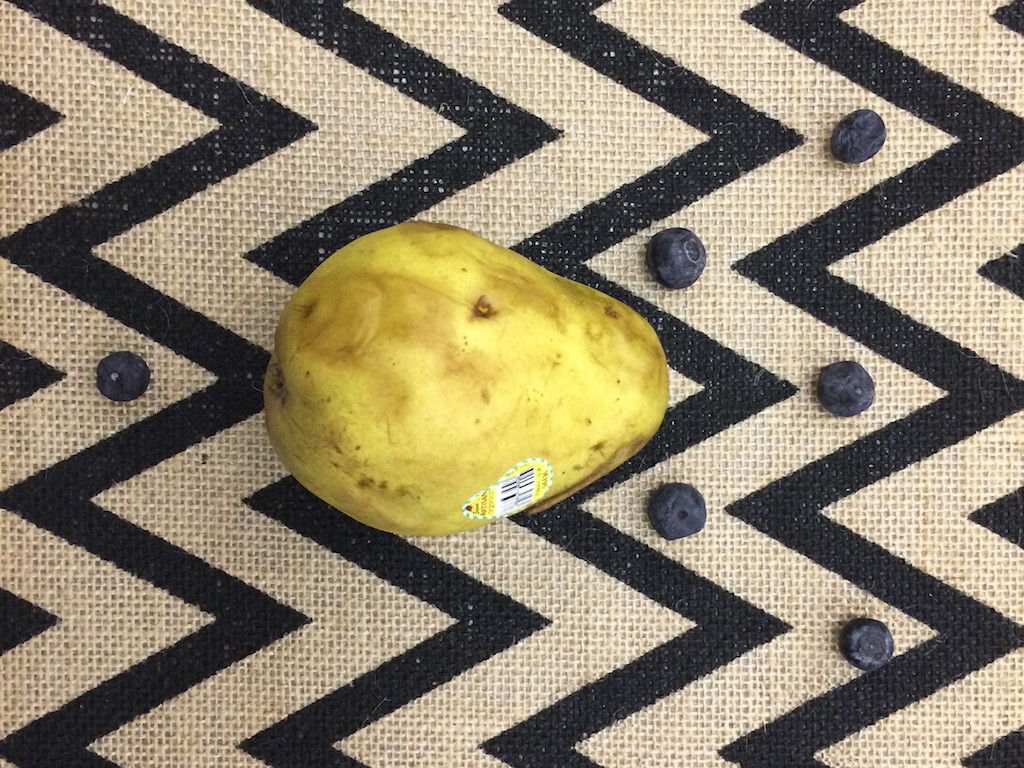
Photo courtesy of Joie Li
These blueberries had started to dry up and the pear’s skin wasn’t uniform enough to be sold.
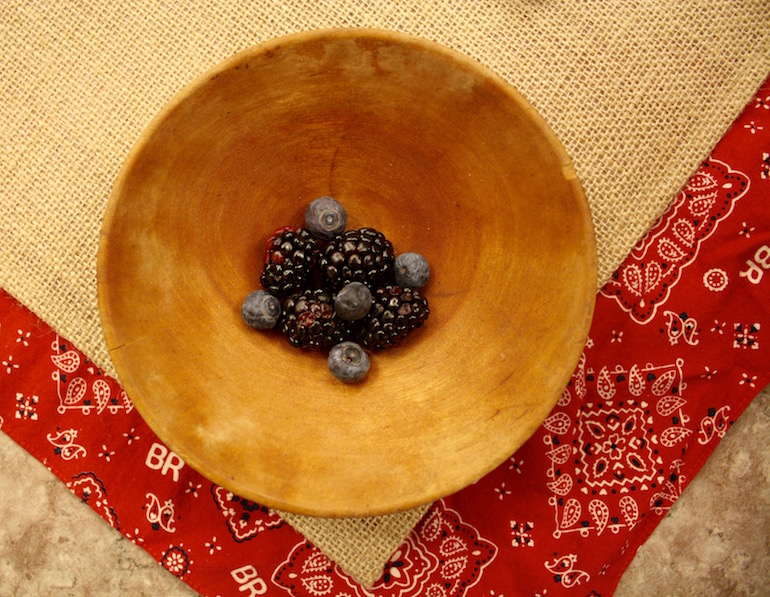
Photo by Meredith Ross
These blackberries were donated because they were a particular shade of purple that indicated that they would be going bad soon.
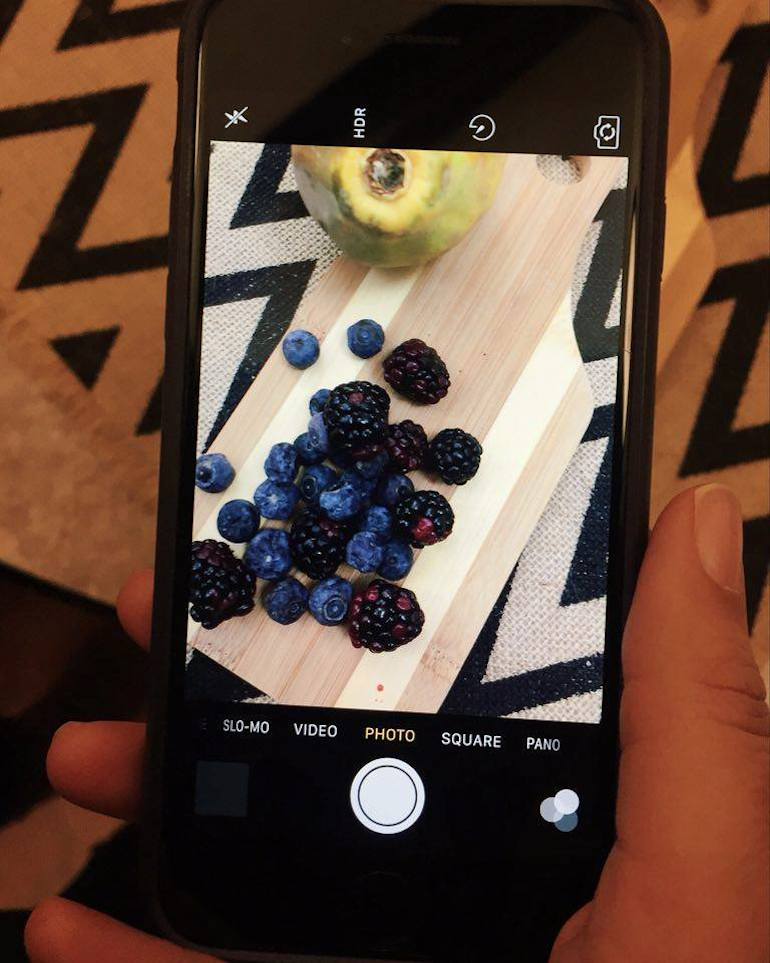
Photo courtesy of Aamina Khan
Social media is a powerful tool in “foodie” culture, so we encouraged participants to share their photos with @Spoon_IU on Instagram using #UglyFoodChallenge.
#SpoonTip: Check out @uglyfruitandveg on Instagram for daily ugly food photos and facts about food waste.
Understanding Food Photography
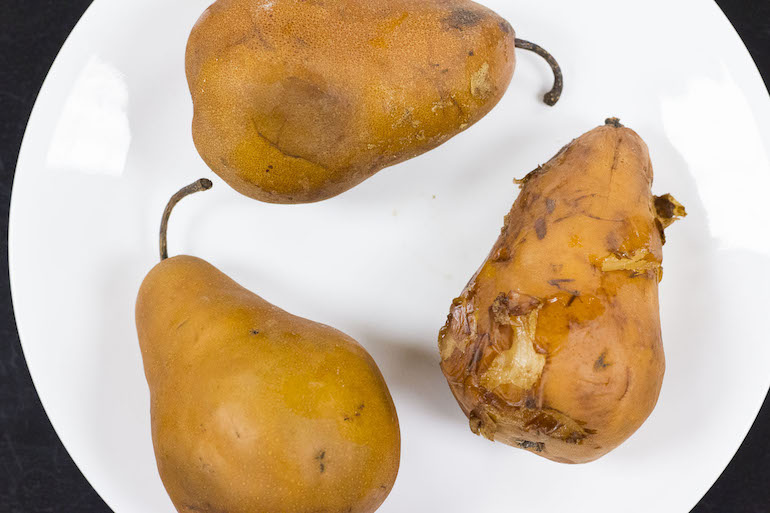
Photo by Natsuko Mazany
Why are we so afraid of weirdly shaped, imperfect food? It’s because we are used to seeing professional “food” photos that are full of tricks, which often render the food inedible.
To prove how easy it is to manipulate food photos, we took this picture of pancakes.
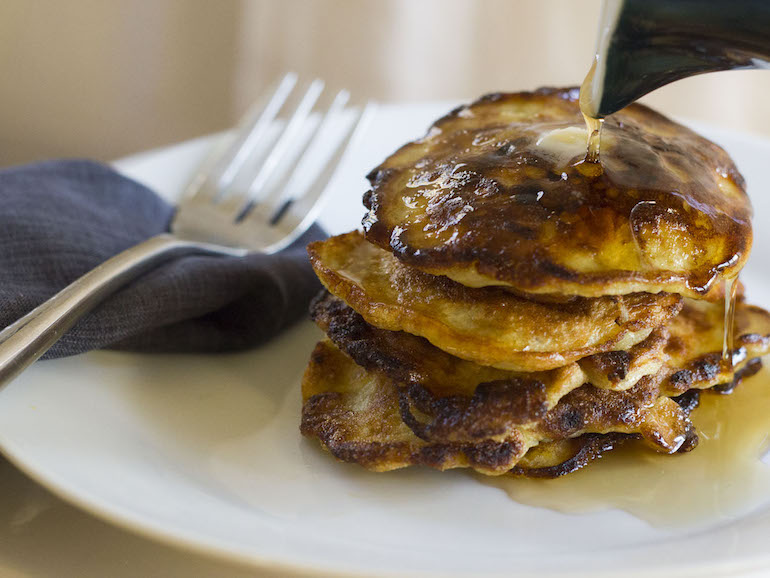
Photo by Natsuko Mazany
The only thing is, we stuffed the pancakes full of paper towels to bulk them up and mixed motor oil and syrup to create the “perfect” color and texture for the syrup. Sadly, this is just one example of a professional food photography method that no one likes to talk about.
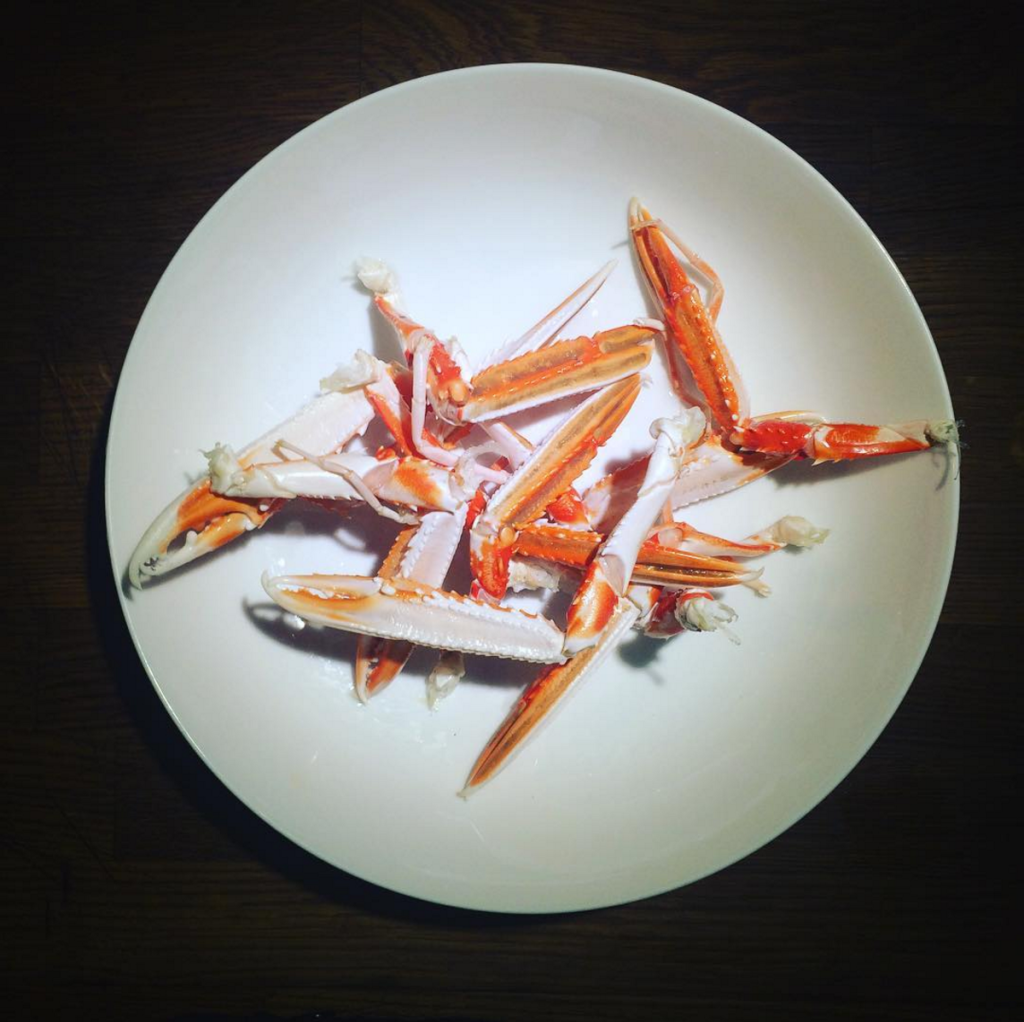
Photo courtesy of @left_over_food on Instagram
Luckily, photographers like @left_over_food dedicate their careers to documenting what food looks like in real life. They prove that there is beauty in scraps and imperfection. Just like having a positive body image (and recognizing photoshopped Victoria Secret models), we need to remember that the picture perfect food is unattainable.
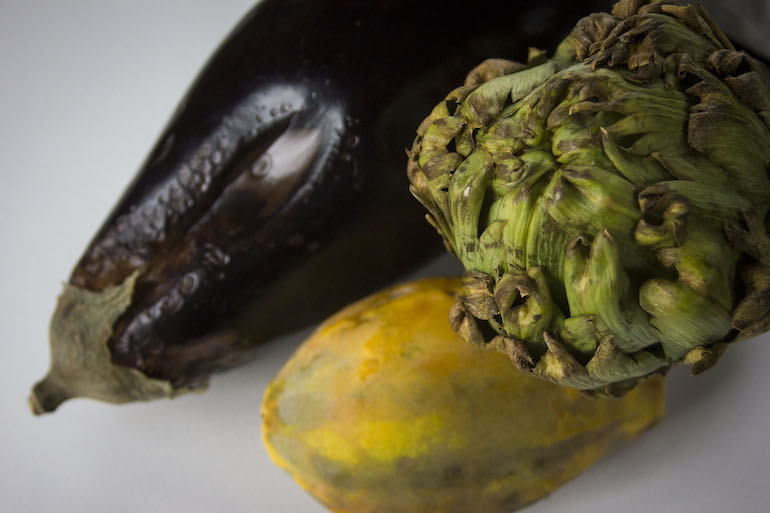
Photo Natsuko Mazany
The secret to taking beautiful food photography isn’t that you need beautiful produce to do it. Natural light, creative angles and set-ups are what make a photo eye-catching.
How to Embrace Ugly Food
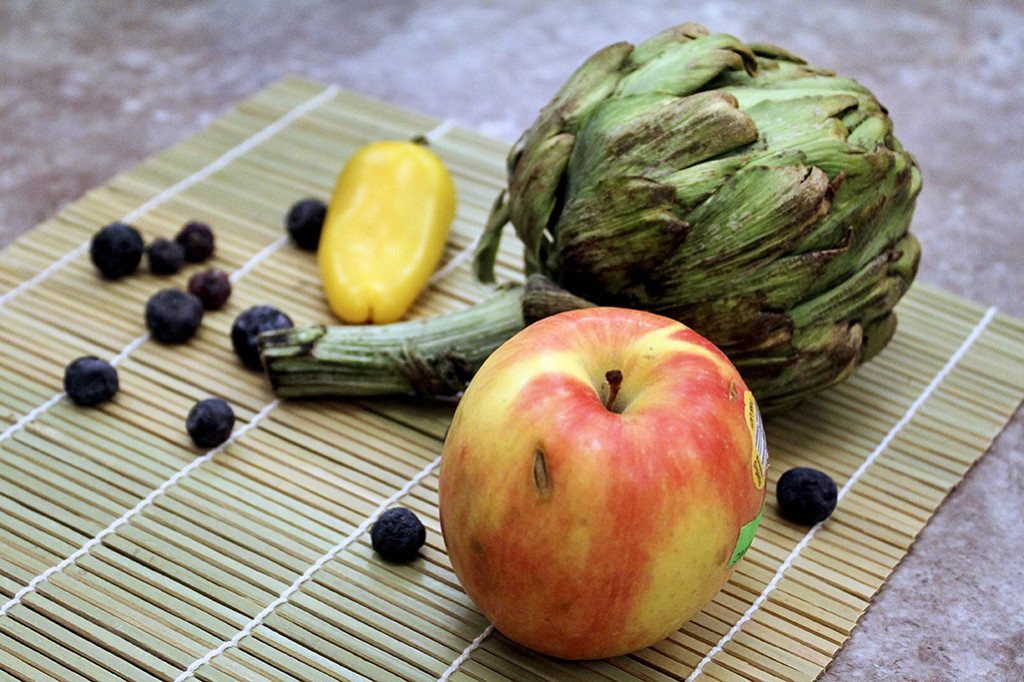
Photo by Sabrina Dorow
For ugly produce to be accepted, the first step is to increase its visibility. The Ugly Food Challenge purposefully focused on food photography as a way to make the issue of food waste relevant to a social media-savvy student body. College kids love taking pictures of their food, so why not shift the focus to food that is in danger of being trashed?
You can use your purchasing power to support companies that promote ugly produce. The California-based company, Imperfect, delivers ugly produce to your door, and the Daily Table supermarket stocks its shelves with produce rescued from farms. If you want to see how countries around the world are handling ugly produce, check out Intermarché’s promotional campaign for ugly fruit and vegetables and Asda’s “Wonky Veg Box.”
To start making a difference on your campus or in your community, consider joining the Food Recovery Network, which feeds people with food that otherwise would’ve been wasted. The Ugly Food Challenge highlighted one aspect of food waste, but more importantly, it gave students a taste of how to use creativity and community-building events to promote positive change.
Special thanks to Food & Wine magazine, Oxfam Club at IU, Hutton Honors College, Anatolia, and Lucky’s Market.



